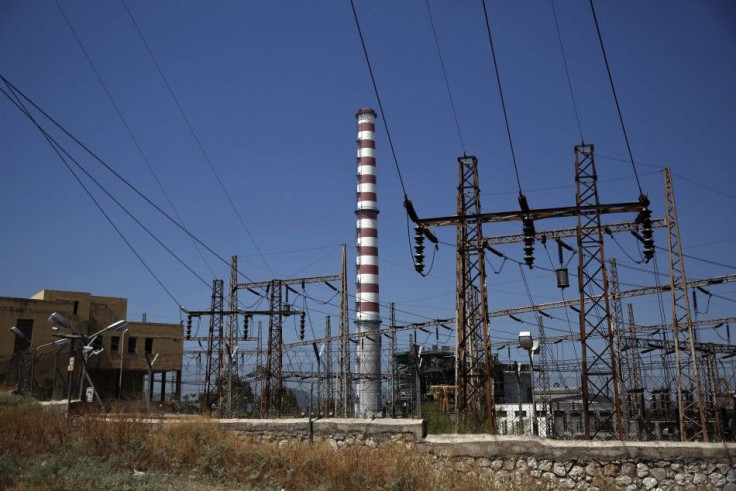IAE Blames Electronic Devices on Standby for Electricity Wastage

The International Energy Agency (IEA) is blaming the plugging of electronic devices on standby for the wastage of electricity which could power substantially a country's power requirements.
The agency cited as an example cable TV boxes that still draw full electricity all the time whether anyone was watching a show or recording a broadcast. In the U.S. alone, there are 160 million cable TV boxes, pointed out IEA.
It also cited as another example the use of smartphones to turn on certain appliances even remotely, which requires that the appliances must be linked to a communication network and constantly be on standby mode.
The agency stressed that the use of standby mode is misleading because these devices use as much electricity as when they are actively functioning. IEA estimated that global electricity wasted by network-enabled devices is 400 terawatt hours per year. One terawatt is one billion kilowatt hours.
The Canadian Electricity Association reckoned that in 2013, the country used about 518 terawatt hours of electricity.
With the 14 billion network-enable d devices in 2013 expected to grow in number in 2014, the IEA warned the situation would worsen, projecting that it would expand exponentially and possibly hit 50 billion devices by 2020 and 100 billion by 2030 and 500 billion by 2040l.
"As the range of network-enable devices expands, individuals and societies benefit from faster access to multiple types of data and services; however, being connected is causing associated global electricity demand to grow at an alarming rate," the IEA warned.
The curb the wastage of energy, the IEA proposed for governments to require that appliances must not draw more than one watt of power during standby mode. It is the minimum standard introduced in 2012 in Canada for makers of audio, video and TV systems to qualify for Energy Star rating.
The report pushed for the extension of the conservative standards to all network-linked devices.
For their part, consumers must help too curb on power wastage by switching off unused devices. IEA cited office computers which are left unattended and switched on 28 per cent of the time, wasting an average of 110 kilowatt hours annually, per computer.
Unless something is done, the IEA believes power wastage would double by 2025.
YouTube/TheGhostlyRazor






